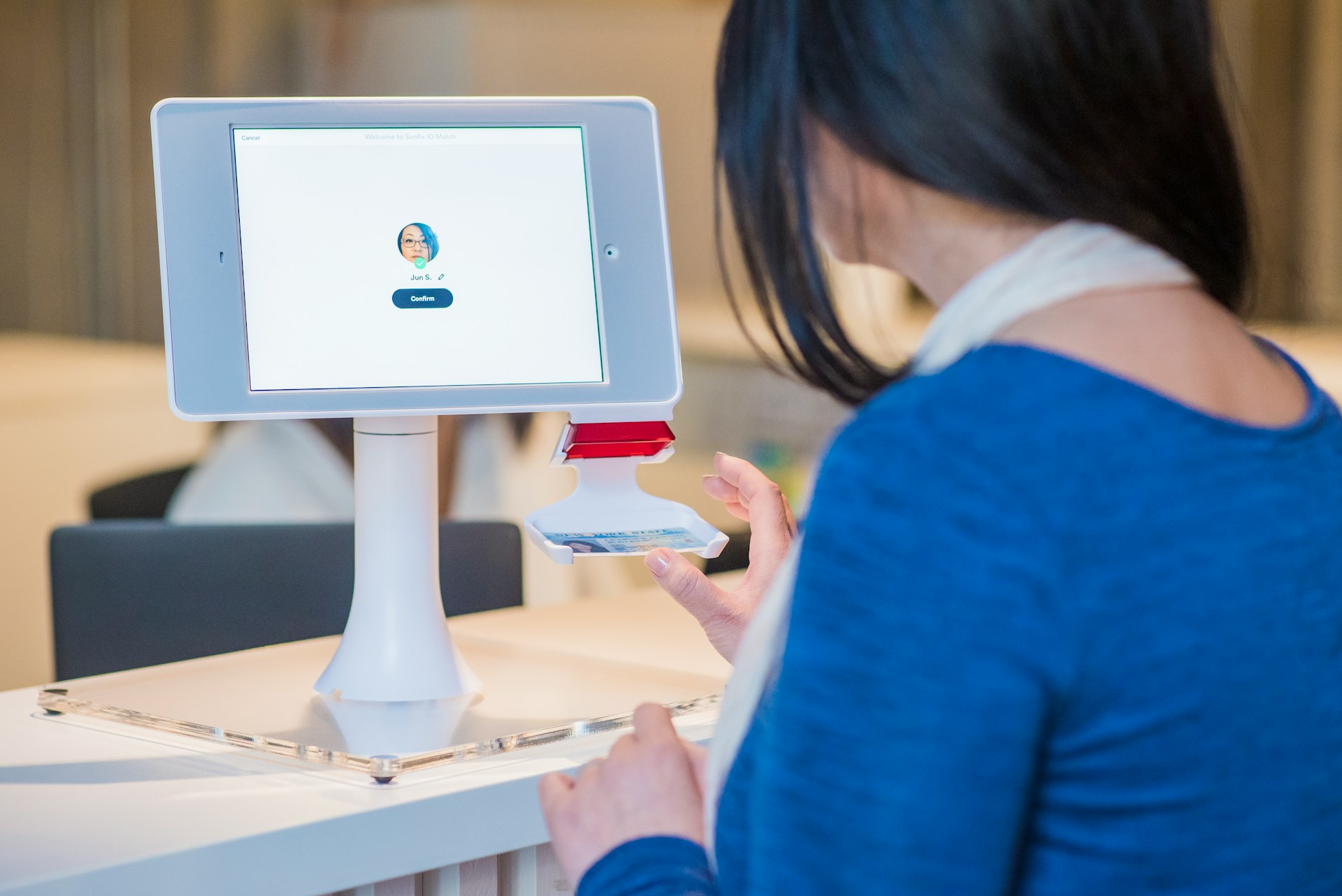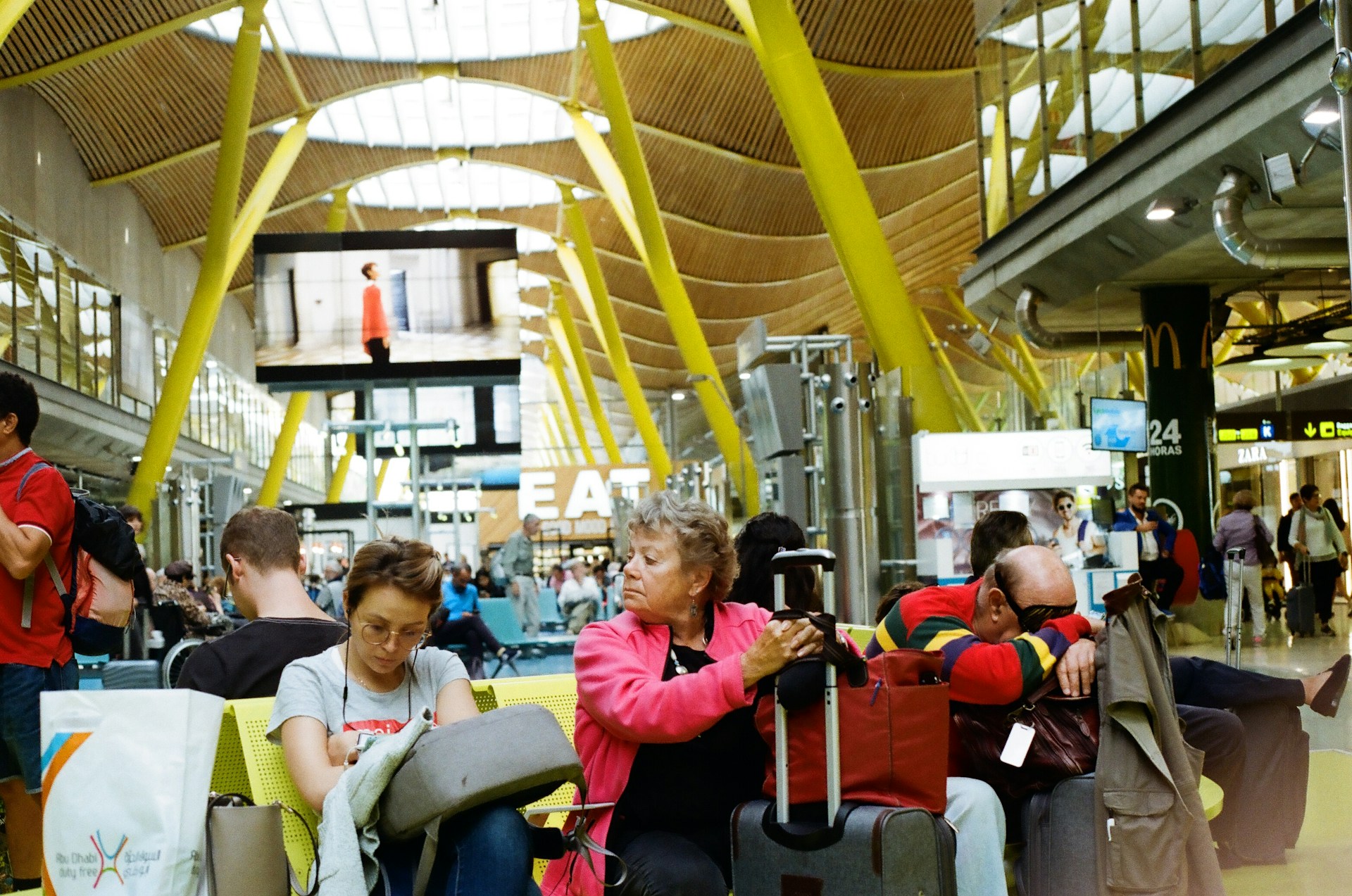Airport biometric screening, such as facial recognition and fingerprint scans, has changed the way passengers move through airports, making the process faster and more convenient. Instead of pulling out your passport and boarding pass over and over, cameras can now scan your face to confirm your identity.
This technology is being used more and more in airports worldwide to speed up check-ins, enhance security, and improve the overall travel experience. In this guide, we break down the benefits and why it is necessary.

Facial recognition helps airports process passengers much faster than traditional methods. Normally, passengers have to wait in long lines to show their passports and boarding passes at different checkpoints. However, with facial recognition, cameras scan passengers' faces and automatically verify their identities within seconds. This means shorter lines, quicker check-ins, and faster boarding. It speeds up the entire airport process and makes it less stressful.
Facial recognition helps identify passengers quickly and accurately, ensuring that only the right people board flights and reducing the risk of fraud or unauthorised travel. This technology compares a passenger’s face with their passport photo stored in government databases. If there is a match, they are allowed through. If not, security officers can take action. It also helps detect people on watchlists, such as criminals or individuals who pose security threats.
Usually, when you travel, you have to take out your passports, boarding passes, and IDs multiple times during the trip. Facial recognition reduces the need for this. Passengers do not have to worry about constantly showing their documents. Once your face is scanned and verified, you can move freely through airport checkpoints. It also reduces the chances of losing important documents, which can be stressful and delay travel plans.
Airport staff work long hours and check thousands of passports and boarding passes daily. Because they are human, they can sometimes make mistakes, such as misreading a name or not noticing a forged document.
Facial recognition technology can help reduce these errors, as it scans and matches faces automatically with high accuracy. Computers do not get tired, distracted, or make errors like humans.
Since the COVID-19 pandemic, reducing physical contact has become a priority in many industries, including travel. Unlike the traditional travel processes where passengers have to hand over papers multiple times, facial recognition makes travel more hygienic by allowing them to check in, go through security, and board their flights without touching or interacting too closely with staff. This helps limit the spread of infections, making flying safer for everyone.

Facial recognition is changing the way we travel. It makes check-ins and boarding faster, improves security, and reduces the need for carrying documents. It also helps lower human errors and makes travel more hygienic.
While some people may worry about privacy, many airports believe this technology is the future of travel. As more airports incorporate more advanced technology, passengers can only expect more seamless and safer flights.
If you want the latest information on the best Hotel Executive Club Lounges, Hotel Kids Clubs and other travel information, be sure to sign up for our free newsletter full of tips and great travel ideas.